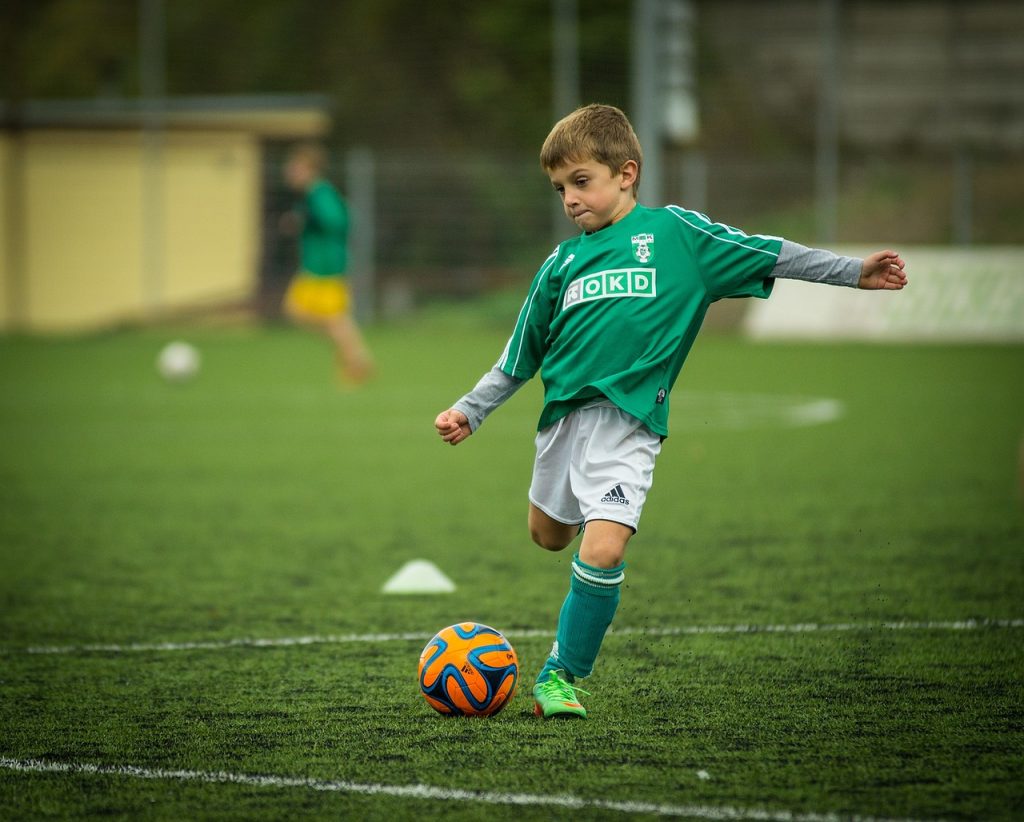
Strength and Power
Strength and power are essential for handles, hops, and safeguarding the ball. Lower body strength is especially significant, as it gives soundness, speed, and hopping power. Practices like squats, thrusts, and plyometrics (bounce preparing) foster leg muscles, while chest area strength is worked through activities, for example, push-ups, pull-ups, and weightlifting.
Center strength is similarly significant, as it supports equilibrium, turn, and body control, all fundamental components in football.

